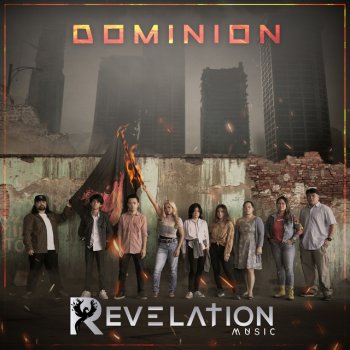

Let’s take a look at how this message plays out in each stanza. I never realized the central message of this song until I read through all five stanzas for the first time this week: the Union forces were instruments of divine judgment and retribution against the Confederate states for establishing and persisting in the evil institution of slavery. With a glory in His bosom that transfigures you and me:Īs He died to make men holy, let us die to make men free, In the beauty of the lilies Christ was born across the sea, Oh, be swift, my soul, to answer Him! be jubilant, my feet! He is sifting out the hearts of men before His judgment-seat: He has sounded forth the trumpet that shall never call retreat

Let the Hero, born of woman, crush the serpent with his heel, “As ye deal with my contemners, so with you my grace shall deal I have read a fiery gospel writ in burnished rows of steel:

I can read His righteous sentence by the dim and flaring lamps: They have builded Him an altar in the evening dews and damps I have seen Him in the watch-fires of a hundred circling camps, He hath loosed the fateful lightning of His terrible swift sword: He is trampling out the vintage where the grapes of wrath are stored Mine eyes have seen the glory of the coming of the Lord: Notice the conflation of Christian apocalyptic imagery with the Union military campaign of the 1860s. She penned the new lyrics overnight, and they were published two and a half months later, on the front page of the February 1862 edition of the Atlantic Monthly. Howe’s solution was “The Battle Hymn of the Republic.” It carries the same rah-rah sentiment as the old song, with the added weight of biblical references to Christ’s judgment of the wicked. “Why do you not write some good words for that stirring tune?” he suggested-something higher-minded, something grander and more poetic, not so coarse. She did so at the urging of a friend, the Reverend James Freeman Clarke, who was part of the traveling party that winter. “His soul’s marching on!” the Union soldiers sung in refrain-until Howe rewrote the lyrics, that is. Brown became a Union hero, praised by the pens of famous writers like Ralph Waldo Emerson and Henry David Thoreau, and even the French novelist Victor Hugo, whose open letter requesting a pardon for Brown was published by newspapers in both the U.S. While there, she took notice of a particularly catchy marching song that the troops were fond of singing, called “John Brown’s Body (Lies A-Mouldering in the Grave).” The song memorializes John Brown, the radical abolitionist who was executed in 1859 after leading an unsuccessful raid on the federal armory in Harpers Ferry, Virginia (now West Virginia), that killed fourteen men. On November 17, 1861, Howe traveled with her husband, Samuel, then director of the Army’s Sanitary Commission, to inspect a Union camp outside Washington, DC. “The Battle Hymn of the Republic” originated during the Civil War. It was played during the Boston fireworks show on Wednesday, only a mile or so away from where its lyricist, Julia Ward Howe, is buried. One of the most popular patriotic anthems of all time, this song is often performed at the funerals of American soldiers and statesmen, presidential nominating conventions and inaugurations (both Republican and Democrat), and at Independence Day church services and festivities.


 0 kommentar(er)
0 kommentar(er)
